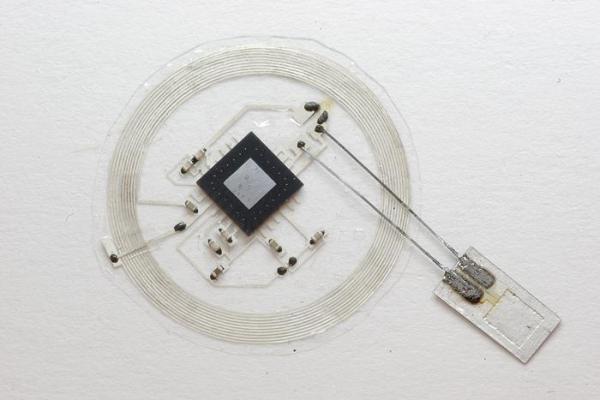
WASHINGTON, Jan. 18 (UPI) — Researchers created thin, electronic sensors that can be implanted in the brain after injury to monitor temperature and pressure, and then dissolve when they are no longer needed.
The sensors, developed by scientists at the University of Illinois and Washington University School of Medicine in St. Louis, may also be built into similar monitors that can be used for other organs.
Although there are many devices used to monitor activity in the body, they can be large, unwieldy and sometimes require surgery to be removed. Those that are implanted also often carry the risk of infection or rejection by the body, which the scientists said is avoided because the new devices dissolve away.
“The ultimate strategy is to have a device that you can place in the brain — or in other organs in the body — that is entirely implanted, intimately connected with the organ you want to monitor and can transmit signals wirelessly to provide information on the health of that organ, allowing doctors to intervene if necessary to prevent bigger problems,” said Dr. Rory Murphy, a neurosurgery resident at Washington University School of Medicine, in a press release.
“And then after the critical period that you actually want to monitor, it will dissolve away and disappear.”
In a study published in the journal Nature, the researchers describe the devices, which are made out of polylactic-co-glycolic acid and silicone.
The devices were first tested in saline, which caused them to dissolve within a few days. Researchers then tested them in rats, taking accurate measurements and then seeing them dissolve successfully.
The researchers said the next step is to start testing the devices in humans for both safety and accuracy.
“With advanced materials and device designs, we demonstrated that it is possible to create electronic implants that offer high performance and clinically relevant operation in hardware that completely resorbs into the body after the relevant functions are no longer needed,” said Dr. John Rogers, a professor of materials science and engineering at the University of Illinois. “This type of bio-electric medicine has great potential in many areas of clinical care.”






